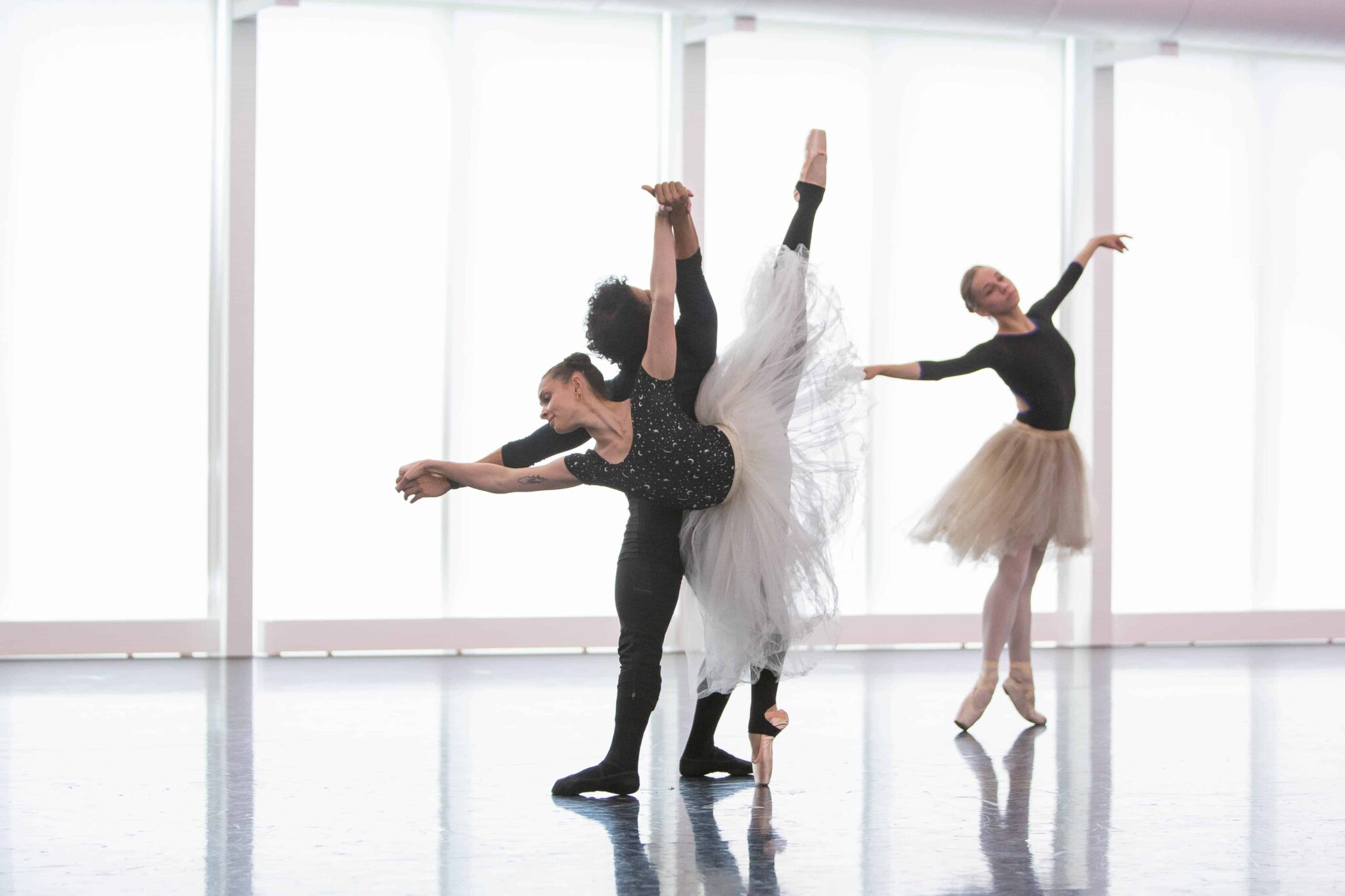
Since its founding in 1972, Oklahoma City Ballet has been the city’s professional ballet company, boasting talented dancers from around the world. As the resident dance company of the Civic Center Music Hall, the company produces four mainstage productions per season in Oklahoma City, in addition to touring across Oklahoma and surrounding states. Oklahoma City Ballet also offers dance classes for all ages and skill levels through The Oklahoma City Ballet Yvonne Chouteau School, as well as multiple community engagement programs to encourage artistry and athleticism in students across the state.
Oklahoma City Ballet performs Gerald Arpino’s Birthday Variations on a program entitled “Shorts,” which also features works by George Balanchine and Twyla Tharp, May 5–7. For information, visit okcballet.org/performance/shorts/.
Ryan Jolicoeur-Nye is a choreographer, arts advocate, teacher, and Oklahoma City Ballet’s seventh artistic director since its founding in 1963. He danced professionally for Eugene Ballet, Ballet Idaho, Kansas City Ballet, plus many guest roles throughout North America before retiring from the stage in 2016. As a choreographer, he has created ballets for Northwest Arkansas Ballet Theatre, Ballet Idaho, Chicago Repertory Ballet, Kansas City Ballet, Royal Winnipeg Ballet School, Moving Arts Dance Festival, Ballet Des Moines, and Oklahoma City Ballet, among others. Jolicoeur-Nye was named “Outstanding Choreographer” at the 2017 Youth American Grand Prix as well as “Best Choreographer” at the World Ballet Art Competition Grand Prix 2019.

Ryan Jolicoeur-Nye’s thoughts and reflections:
How do you feel about introducing Arpino to OKCB?
From the work that I am seeing in the studio, the stylized nature of Arpino’s choreography is so beneficial to the dancer. The extension of movement in the arms from the back and how the head is informed by that sense of reaching throughout not only creates a visibly beautiful work, but one that is enriching for the dancers.
What does it mean to you to have OKCB perform Birthday Variations as we celebrate Mr. Arpino’s centennial—both on your own season as well as for the Chicago Centennial Celebration in September?
I think it is always important to provide artists with a spectrum of work, from new and innovative world premieres, to the icons of dance and the pieces that helped shape their history. Birthday Variations represents, for me, a special era in dance that pioneered a generation of artists who pushed the boundaries of classical movement. When the work is passed down firsthand, it is a kind of food for the souls of the artists. It is really an honor to present this to our community as well as represent Oklahoma and our own rich history in dance at the Centennial Celebration.
How would you describe the Arpino style? What are some distinctive elements of his choreography?
A mixed program for me must be a full plate of choreographic work, something for everyone. The contrast between Twyla Tharp’s Golden Section and Gerald Arpino’s Birthday Variations is mostly dynamic and the many ways classical technique can be used. Birthday Variations is arguably an exaggeration of classical work, using resistance and opposition to create the drawn-out nature of much of the ballet. Golden Section is heavy in its use of momentum and relaxation into the floor. Still using concepts of basic classical training, like pointed feet and turnout, the work is also a departure from many of those elements, often asking the dancer for individuality, interpretation, and soul, more than a specific aesthetic. In all three of the works on the program, the thing that remains consistent is the need for an artist, a very natural human approach to a very human art form.
How do you think dancing Arpino choreography prepares a dancer for other types of repertory?
I feel that performing and rehearsing this type of work is great for an artist’s sense of musicality, dynamic, and nuance. With arms coming from the back, the color in the movement, and the attention to musical details, these qualities can be transferred to many other styles of dance. It’s important for a dancer, in our current time, to be versatile; the Arpino work contributes to that variety by promoting growth for the artist.
